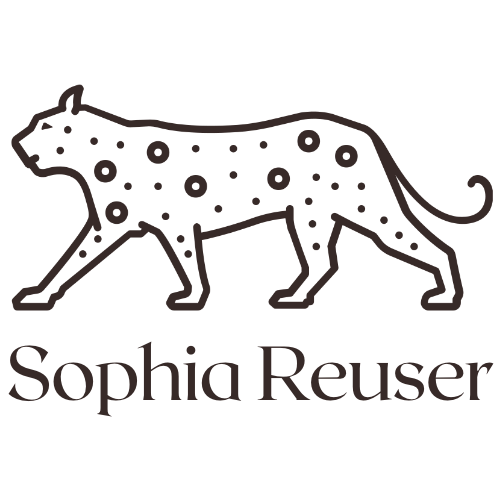Why you should eat Ghee + recipe to make your own Ghee at home!
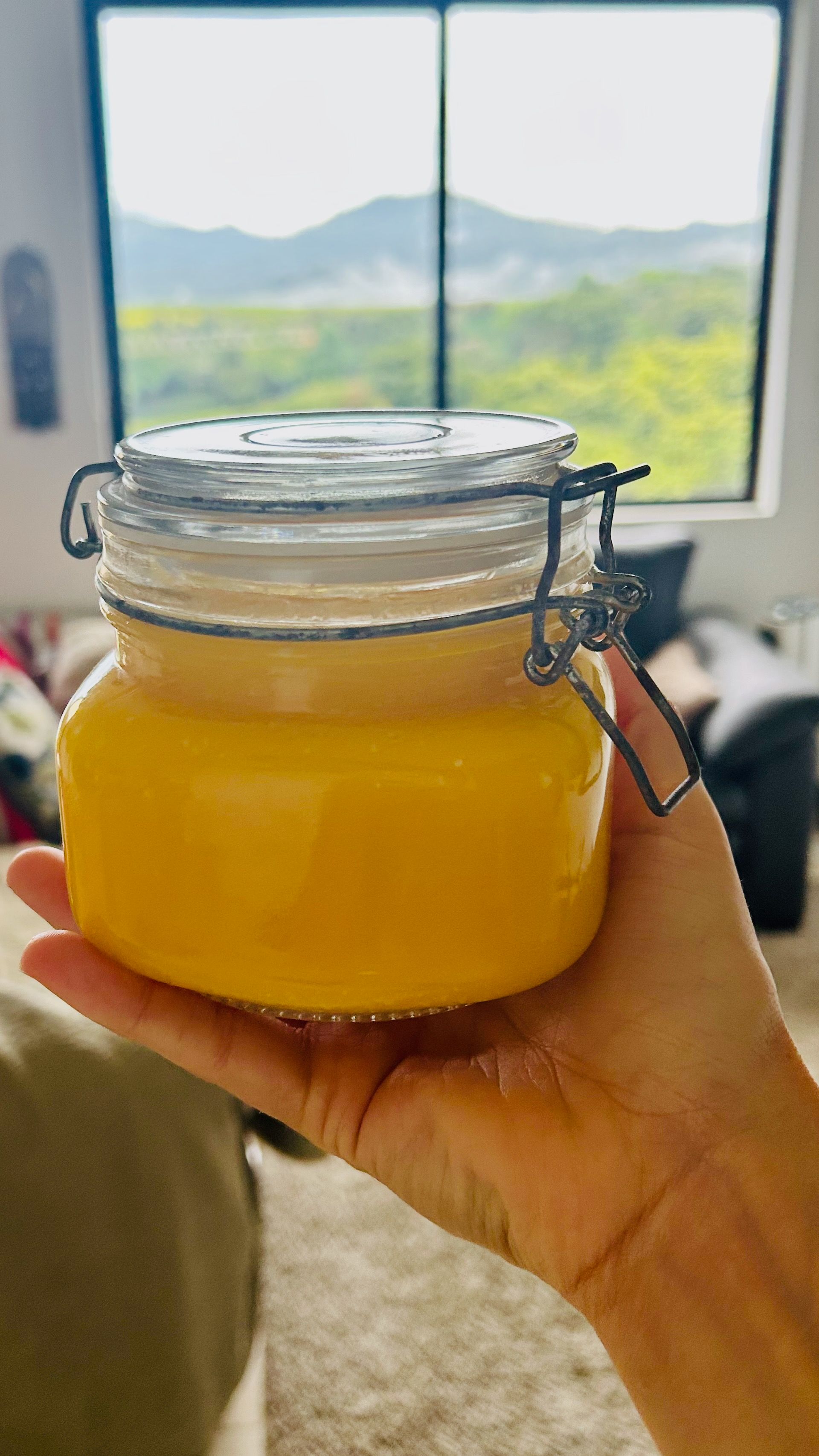
Do you enjoy a meal that contains fats or oils? Or do you prefer to eat everything lean and "light"?
In my opinion, fats and oils in food have an undeserved bad reputation. Fats are essential for the functioning of our organs. Like a chain that needs lubrication.
Saturated fats in animal products are said to increase the risk of cardiovascular diseases, cancer, diabetes, and high blood pressure [1]. In recent decades, this may have led to the popularity of "lean" and "light" products, such as low-fat butter substitutes and margarine. These products are usually plant-based and rich in unsaturated fats. The total fat percentage of these products (around 30-40%), is sometimes half of that of full fat butter (which contains 80% fat) [2].
Fat as Medicine
What? Yes! According to Ayurveda, food affects physical, mental, and emotional health. Food is considered a medicine.
Food choices are determined by the qualities of the product, environmental factors such as the season and location, and the digestive capacity of the person consuming the food.
Ayurvedic medicine considers fat as an important part of the daily diet. Fat has characteristics that are smooth, flexible, solid or liquid at certain temperatures, soft, and heavy. Without fat, we would dry out and continuously experience pain due to a lack of flexibility and lubrication in our tissues. Also, our brain consists of fatty tissue. It needs fat for proper nourishment.
The Digestive System as the Base for Health
In Ayurveda, a balanced digestion is considered the base for health. This can be compared to a well-functioning immune system. If digestion becomes out of balance, the immune system can weaken. And this can lead to digestive issues and/or disease. Regular consumption of fat can contribute to a healthy and balanced digestive system.
Ghee: The Purest Form of Fat
One of the most important types of fat in Ayurveda is ghee, a form of clarified butter. Ayurveda sees Ghee as the most pure form of fat. The preparation of ghee involves boiling unsalted butter, allowing the milk solids, also known as the "impure parts," to separate from the fat and allowing the moisture to evaporate. What remains is ghee, the butterfat, which is lactose-free due to the preparation process [3]. Scroll to the bottom of this article for the instructions on how to make your own ghee.
Benefits of Ghee
Approximately 60% of ghee is saturated fat. One of the saturated fats in ghee is butyric acid, also known as butyric acid, a fatty acid naturally found in the large intestine. Butyric acid has positive effects on health. Below are some of them, with more benefits listed on another blog on my website [5]:
- Ghee has anti-inflammatory properties.
- Butyric acid can cross the blood-brain barrier, allowing it to activate the vagus nerve and hypothalamus. This has an indirect effect on appetite and eating behaviour.
- Ghee may help prevent type 2 diabetes and insulin resistance.
- Ghee may help reduce or slow down weight gain, thereby reducing or preventing the risk of obesity.
- Ghee strengthens and improves intestinal epithelial cells, which have a barrier function and need to maintain proper permeability. This can provide better protection against pathogens, possibly contributing to the prevention of colon cancer.
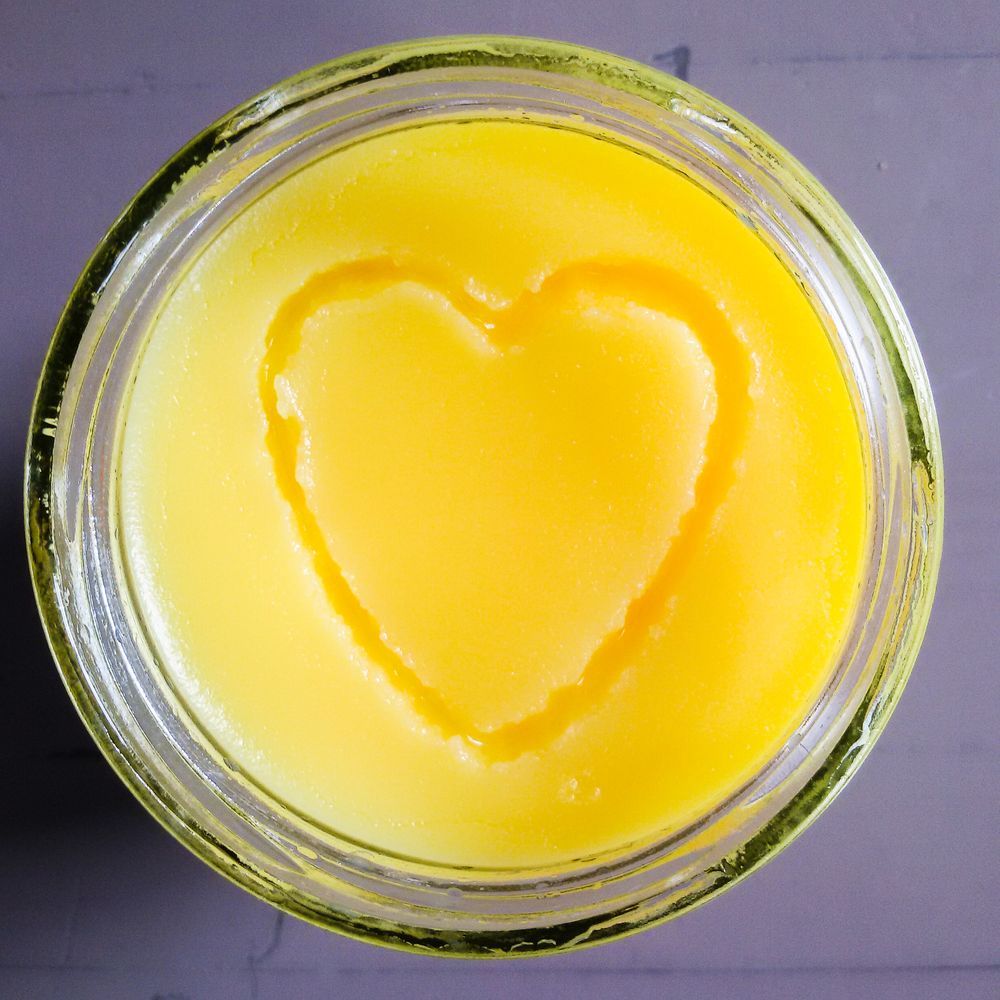
Ghee vs. Plant-based Fats
The Dutch Nutrition Center unfortunately advises against using ghee in the diet due to its high percentage of saturated fats. It recommends (plant-based, low-fat) margarine, and liquid cooking fats. See also this image from the Nutrition Center (in Dutch).
From an Ayurvedic perspective, these types of low-fat and/or plant based margarines are complex products because they are a combination of fat, water, and additives. This makes them harder to digest, potentially unbalancing digestion and weakening the immune system.
Ghee, on the other hand, is a pure product and is well-absorbed by the body. Moreover, ghee consumption increases HDL cholesterol, the "good" cholesterol, and reportedly has no effect on other fat chains [1].
Saturated Fats: Compounds That May Aid in the Absorption of Nutrients from Other Foods
Recent research on the impact of saturated and unsaturated fats on health indicates insufficient evidence that saturated fats are harmful to health. An interesting finding was that saturated fats contain compounds that may aid in the absorption of nutrients from other foods [1].
How to Use Ghee
There are several ways to integrate ghee into your daily diet. Here are a few:
- On an empty stomach: In the morning, take a tablespoon of melted ghee before drinking water. Wait at least half an hour before drinking warm water or eating. Taking ghee on an empty stomach in the morning can be effective for constipation.
- For cooking: Ghee has a high smoke point: 250 degrees Celsius / 482 degrees Fahrenheit. When you cook, bake and fry with ghee, it is less likely that the food will stick to the pan or develop black residue.
- A teaspoon in every warm meal for extra flavour and smoother digestion.
How to make Ghee
Ingredients
For about 600-700 gram of Ghee:
1 KG of full fat, preferably organic, natural cow butter that doesn’t contain any kind of conservatives (no salted butter!) at room temperature
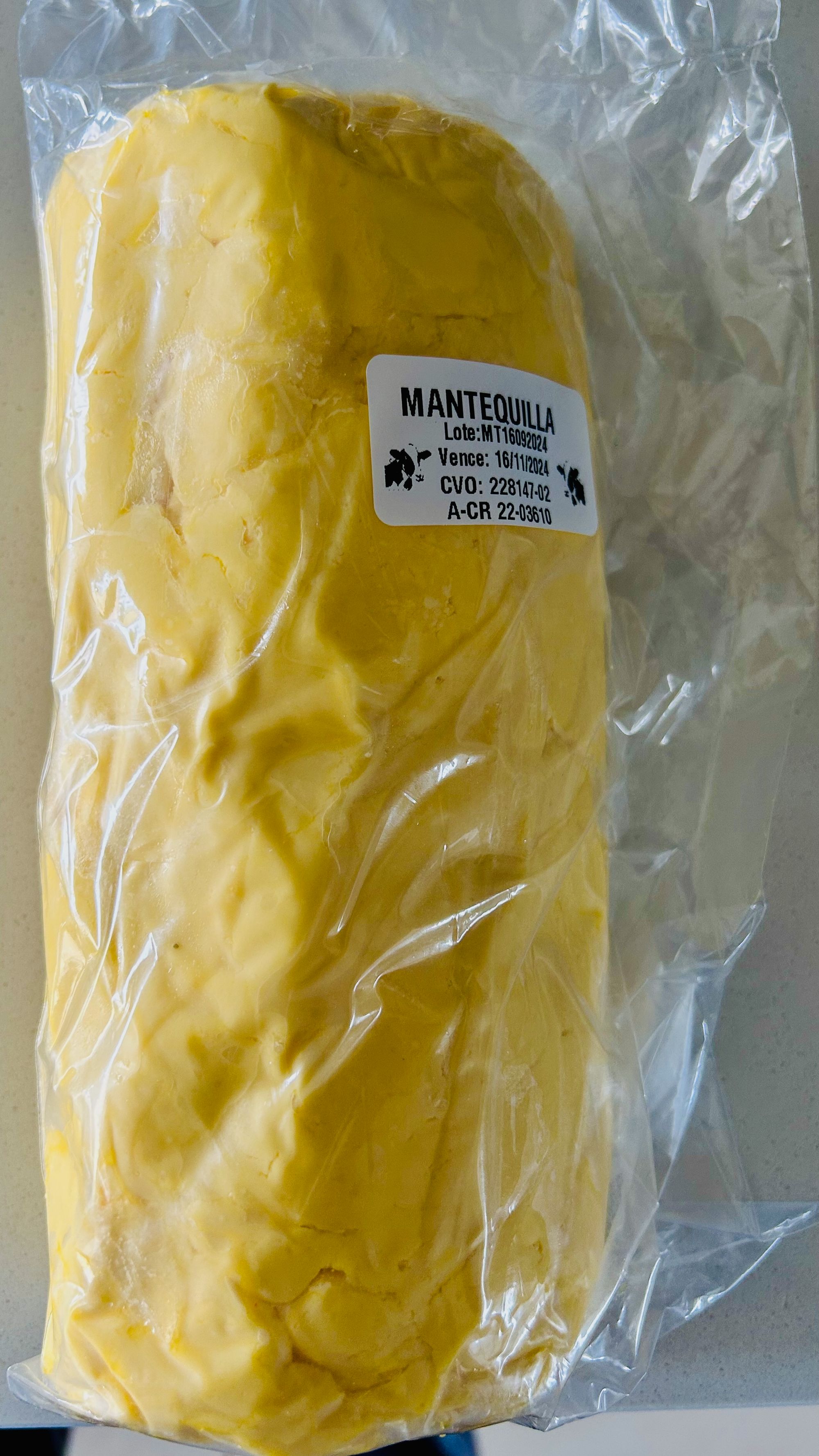
Cooking utensils
- 2 x Cooking pan, one to boil the butter and another one to strain the ghee.
- Big metal spoon
- Metal sieve or clean cheese cloth
- Glass pots or other non-plastic containers to store the Ghee
Preparation
- Make sure all utensils are super clean and dry. For example, I clean everything with boiling water and then drying it with kitchen towels.
- Put the butter in the pan at medium heat until the butter starts to boil. Don’t stir.
3. Lower the heat and let it boil for several minutes. You will see that white foam starts to build up on the surface.
4. Listen carefully, at a certain point, after around 10 minutes, the boiling will lessen and it starts to get quiet. This is the point that the Ghee is ready.
5. With a spoon, you can take some of the white foam from the surface of the ghee.
6. Carefully strain the ghee using the metal sieve or cheese cloth into the other pan.
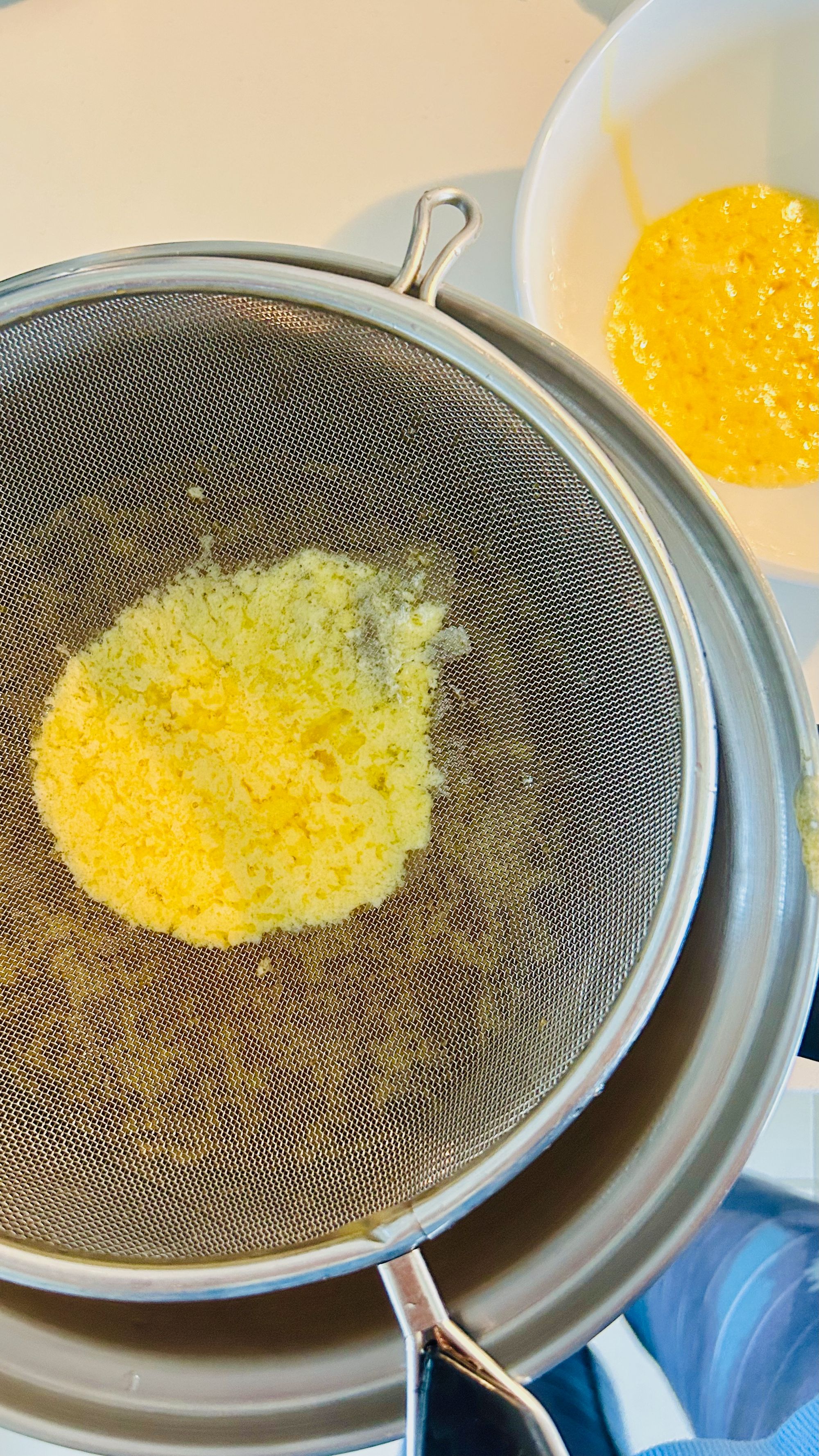
7. Let it cool and then pour into a glass pot or other non-plastic container.
8. Your ghee is ready!
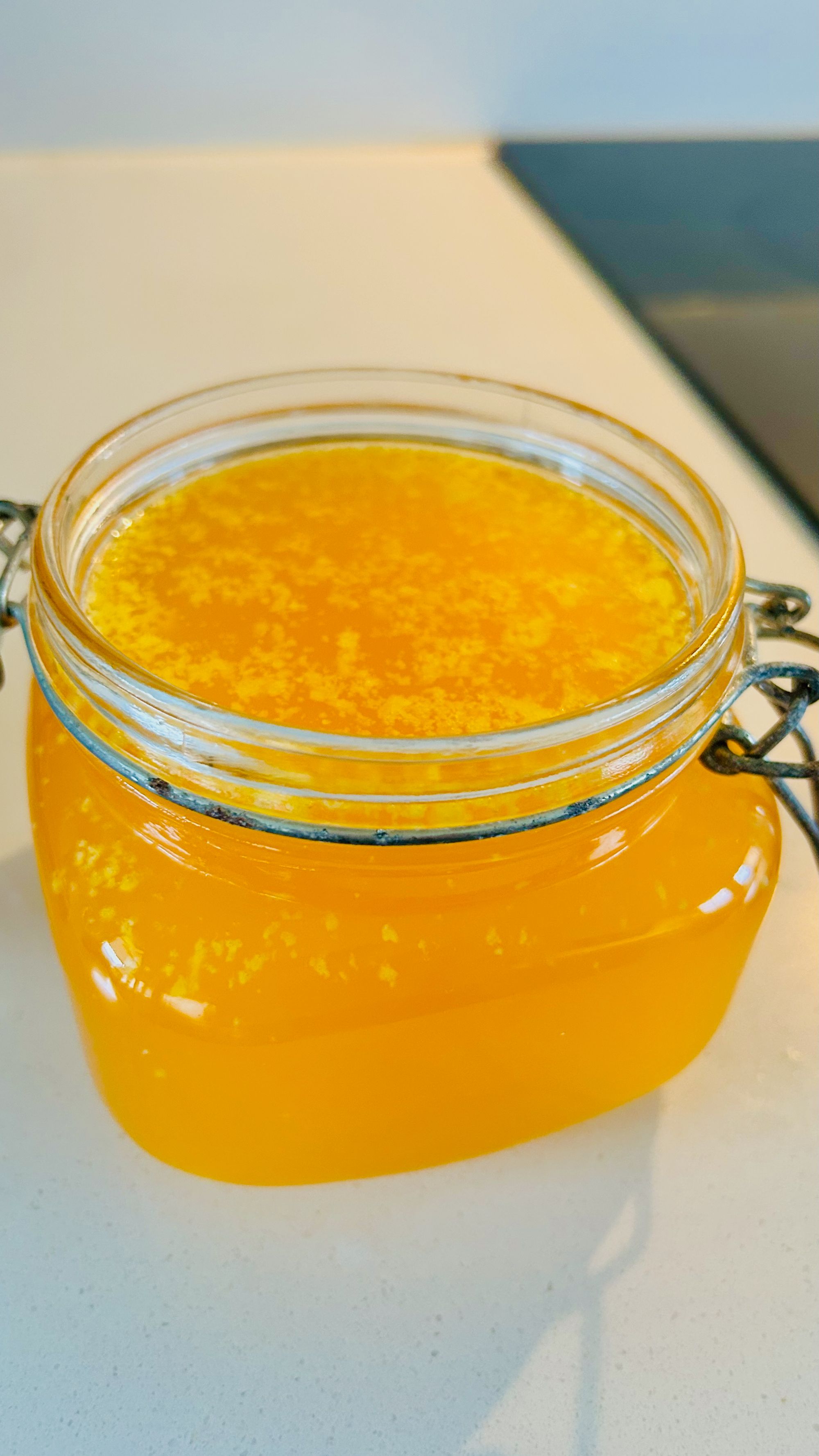
Everyone is Unique
Ayurveda views each individual as unique. Each person has a different digestive capacity, so the same experience can have different effects on each individual. Thus, the same food may have a different impact on each person. To find a diet that truly meets your current needs, I would like to invite you for a (online) consultation. I can give you advice that can help balance your digestion, strengthen your immune system, support recovery after illness, and reduce complaints.
Feel free to contact me via info@sophiareuser.com. Follow me on Instagram @sophiareuser.
References
- https://www.gezondheidsplein.nl/dossiers/vetten-en-olien-verzadigd-vet-onverzadigde-vetten-en-transvetten/margarine-halvarine-boter-of-roomboter/item120646
- https://www.ahealthylife.nl/de-voedingswaarde-van-ghee/
- https://insight.microba.com/blog/your-gut-bacterias-superpower-butyrate/
- McNabney, SM & Henagan, TM (2017). Short Chain Fatty Acids in the Colon and Peripheral Tissues: A Focus on Butyrate, Colon Cancer, Obesity and Insulin Resistance. Nutrients 2017-9, 1348.
- Mohammadifard, N, Nazem, M, Naderi, GA, Saghafian F, Sajjadi, F, Maghroon, M, Bahonar, A, Alikhasi, H, Nouri, F (2010). Effect of Hydrogenated, Liquid and Ghee Oils on Serum Lipids Profile. ARYA Atherosclerosis Journal. 2010 Spring; 6(1): 16–22.
